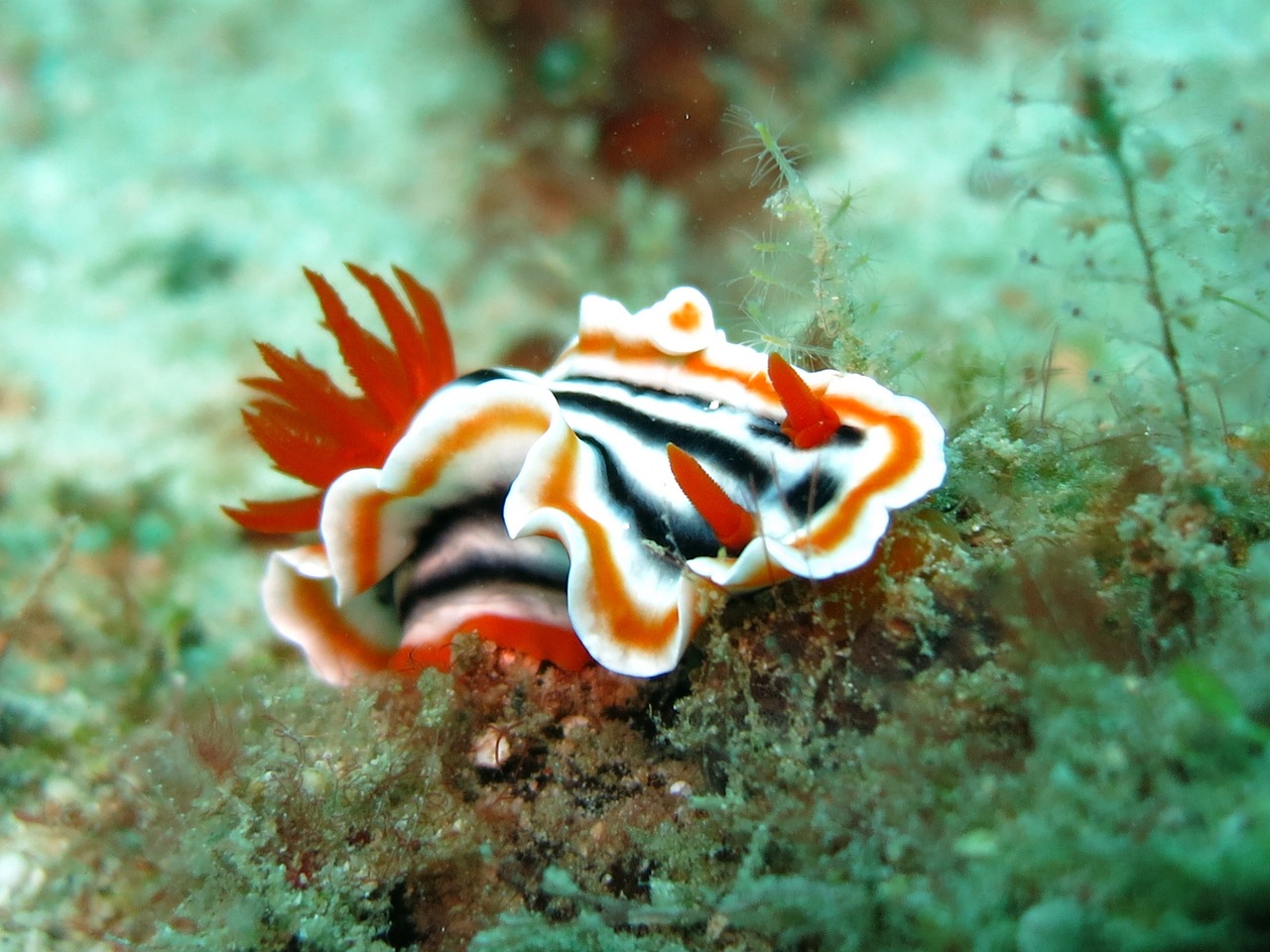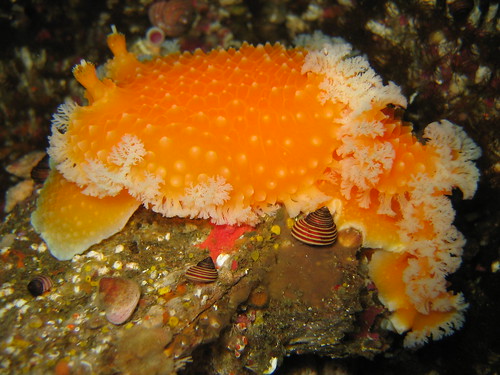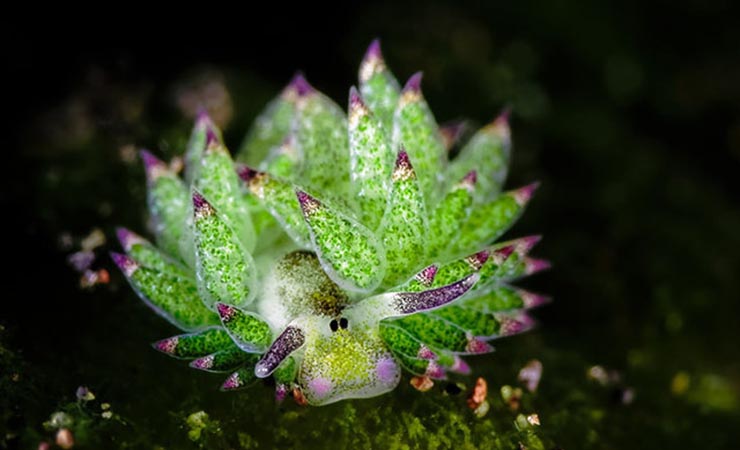by Kim Woolcock
It’s autumn where I am, and the leaves are turning. They look like they’re setting themselves on fire before they fall, going out in a blaze of glory. Crispy husks carpet the forest floor, ready to be turned into next year’s nutrients.
 |
Leaves of Acer palmatum subsp. matsumurae (Koidz) Ogata Photo credit: 松岡明芳 |
I love it, but it also seems extravagant. Why don’t leaves just stay green until they fall?
It turns out the trees are being thrifty. The leaves are full of chloroplasts, which contain lots of chlorophyll, the green light-harvesting pigment that lets plants spin sunlight into sugar. Chlorophyll is expensive, nutrient-wise. It’s loaded with nitrogen, and so trees tuck it away for winter. They break down the chloroplasts, pack the nutrients for transport, and send them to the trunk and roots. When they’re done collecting what they need, they build a waxy wall between the branch and the leaf and then let the leaf drop.
Packing up the green pigment lets the yellow and orange pigments, carotenoids, shine through. They were there all along, helping the leaves capture light of different wavelengths, but they were masked by the green. As the chlorophyll is removed, the carotenoids pick up some of the slack, making as much energy as they can with the last rays of autumn.
Not all leaves turn yellow or orange—some turn flaming red, thanks to anthocyanins. These pigments aren’t there in the summer, but are made specially in the fall. They act as sunscreen, protecting other leaf molecules from sun damage after the chlorophyll’s gone. That’s why they’re brightest in areas where fall days are sunny. They’re also made from leftovers. As the days get shorter, leaves keep producing sugar and sending it to the roots. But when nights get too cold, sugar transport is slowed, and some sugar gets stuck in the leaves, where it’s made into anthocyanins instead.
 |
The green is almost gone. Image credit: Sander van der Wel |
It’s a big job, getting ready for winter. Consider a single aspen tree (Populus tremula). Researchers made a detailed calendar of fall events for this tree, tracking components such as pigments, metabolites, nutrients, and photosynthesis rate. The tree has several million leaves, each of which contains ~30 million cells. Each cell contains ~40 chloroplasts. So every autumn, the tree has to synchronize the dismantling and transport of 1015 chloroplasts (one quadrillion, or the total number of ants on earth, just for scale), all in about a month. That’s just one tree. No wonder they look like they’re on fire.
So that’s where the green goes. It’s stashed away in trunks and roots for the winter, waiting to be remobilized in spring. Winter has always seemed drab compared to fall, to me. But knowing this makes me look at winter tree trunks differently – they are actually full of secret green.
Kim Ryall Woolcock is the co-author of Design Like Nature: Biomimicry for a Healthy Planet (Orca, 2021) with Megan Clendenan. Her next book Tough to be Tiny is coming out from Flying Eye Books in July 2022. You can find out more at www.kimwoolcock.com
Resources:
John King. 2011. “Reaching for the Sun: How Plants Work, second edition.” Cambridge University Press, Cambridge. 298 pp.
Johanna Keskitalo et al. 2005. “A Cellular Timetable of Autumn Senescence.” Plant Physiology, 139:4, 1635–1648. https://doi.org/10.1104/pp.105.066845
https://www.sciencedaily.com/releases/1997/10/971005050137.htm



